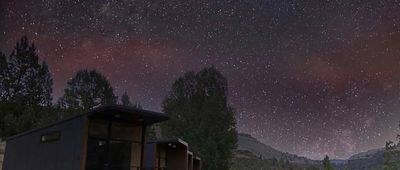Home Sweet Homeowners Insurance
A home is a collection of repairs that have yet to be made. Some things, like leaky faucets and blown fuses, are universal. Other common homeowner headaches tend to be regional plagues — though some of those threats — most notably, wildfires — are expanding rapidly to parts of the country you wouldn't expect. Here’s a look at some of the most common, costly issues that homeowners face and the likelihood that you’ll encounter them depending on where you live.





















